Water is one of the most vital resources for human life, economic development, and environmental sustainability. To ensure its safe and reliable delivery, the infrastructure used in water transportation must be strong, durable, and efficient. Among the many materials available for water distribution networks, ductile iron pipes (DIP) have emerged as one of the most trusted and widely used solutions. Their unique combination of strength, flexibility, and corrosion resistance makes them an ideal choice for transporting water across long distances, both in urban and rural environments.
Ductile iron pipes have made significant contributions to water transportation. For example, the South-to-North Water Diversion Project, one of the largest projects in China, utilizes ductile iron pipes. Their role in conveying water cannot be ignored. Leakage is inevitable during water transportation!
Evolution of DIP(ductile iron pipes)
The story of ductile iron pipes begins with their predecessor—cast iron pipes. Cast iron, while strong and widely used in the past, was brittle and prone to cracking under stress. In the mid-20th century, metallurgical advancements led to the development of ductile iron, a material that combines the strength of cast iron with improved flexibility. By adding magnesium to molten iron, manufacturers transformed the microstructure of graphite within the iron, changing it from flake to spheroidal form. This innovation significantly increased toughness and resistance to fracture, giving birth to ductile iron pipes as we know them today.
The Role of Ductile Iron Pipes in Water Transportation
1. The magnesium content in the molten iron after spheroidization must be strictly controlled. Gangyi Pipe Industry's ductile iron pipes generally contain a magnesium content of 0.035-0.060%, which is a moderate magnesium content.
2. During water transportation, minimize the inclusion of oxides in slag. Slag is prohibited in the molten iron used to cast ductile iron pipe fittings. Expedite the coating process. During the casting process, the inclusion of oxides in the pipe wall should be carefully controlled. Remove slag and ensure uniform coating after finishing to prevent material shedding due to uneven heating during molten iron pouring.
3. During ductile iron pipe production, the amount of rare earth elements must be strictly controlled to reduce slag inclusions. Hongfu Pipe Industry maintains a controlled rare earth content of 2.7 kg/t.
4. Correctly add the correct amount of mold powder to reduce the amount of infusible metal alloys in the molten iron pouring.
5. To improve nitrogen purity, nitrogen must be maintained at a level above 99.9% during the spheroidizing treatment of ductile iron pipes.
6. Molten iron temperature during ductile iron pipe pouring. Molten iron temperature is one of the most critical factors in ductile iron pipe production, and requirements vary for pipes of different diameters. Molten iron temperature decreases as the diameter increases.
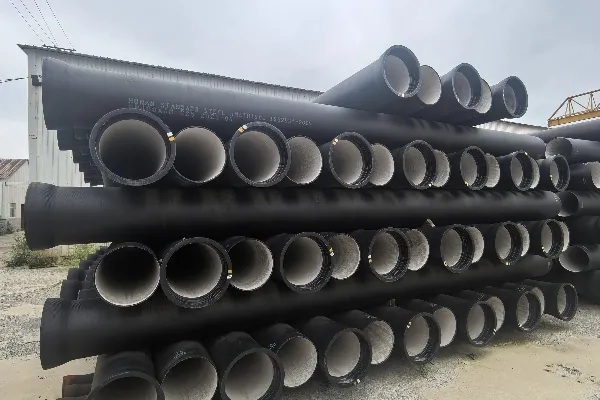
Ductile iron pipes offer the following advantages for long-distance water transportation:
1. Wide Diameter Range
Among commonly used pipe materials, ductile iron pipes cover a wide range of diameters, meeting the diverse requirements of long-distance water transportation projects.
2. Superior Corrosion Resistance
Ductile iron pipes are fully factory-protected. The interior is centrifugally coated with cement mortar, while the exterior is spray-coated with a zinc coating of 130 grams per square meter (DN100-1000) or 200 grams per square meter (DN1100-2000). The final finish is a 70-micron asphalt paint.
The zinc coating's cathodic protection and self-healing properties provide excellent protection for ductile iron pipes. The cement mortar on the interior ensures excellent hygiene and corrosion resistance. In highly corrosive soil environments, enhanced corrosion protection options such as zinc-aluminum alloy coatings can also be employed.
Steel pipes require internal and external corrosion protection at the construction site. Typically, external coatings are treated with three oils and two cloths, while the interior is coated with anti-corrosion paint. Cathodic protection devices are also required. This not only increases costs but also prolongs the construction period.
3. Obvious Advantages of
pup Joints
In long-distance water transmission projects, the excellent angular deflection performance of ductile iron pipe joints eliminates the need for elbows and other fittings. The entire pipeline can be deflected vertically by simply deflecting each pipe branch. Furthermore, it can accommodate certain ground settlements.
4. Fast Pipe Installation
The spigot-and-socket joints of ductile iron pipes are extremely convenient to install. For example, in the Luomahu Water Source and Second Surface Water Plant projects, an average of 14 DN2000 large-diameter ductile iron pipes (114 meters) were installed daily, with a maximum of 20 pipes (163 meters) being installed.
The installation time of welded steel pipes, hot-melt PE pipes, and PCCP pipes is longer than that of spigot-and-socket rubber rings for ductile iron pipes.
5. Low Joint Leakage Rate
Tokyo, Japan, uses almost exclusively centrifugal ductile iron pipes in its water supply network, with a penetration rate of 98%. The leakage rate of this water supply network is only 3.3%.
6. High Cost-Effectiveness
Ductile iron pipes require no special anti-corrosion treatment, and their quick installation reduces construction time. Furthermore, under normal terrain conditions, no special foundation preparation is required, resulting in a relatively low overall cost.






 English
English Español
Español بالعربية
بالعربية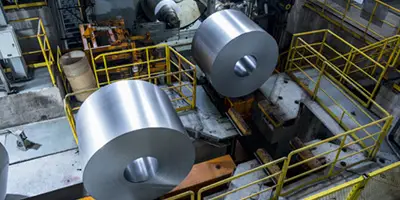

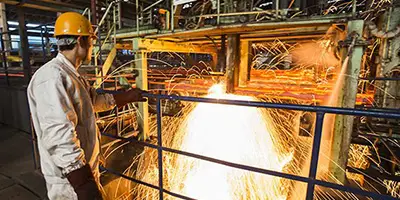
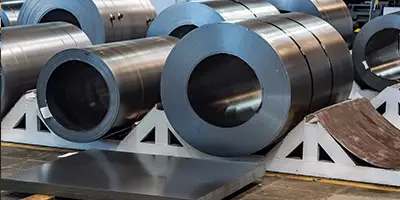

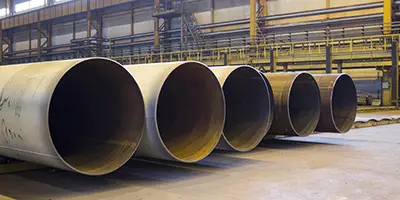
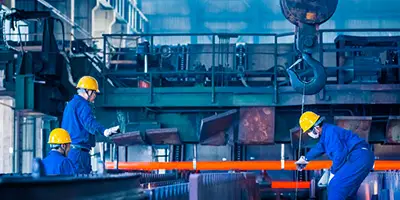
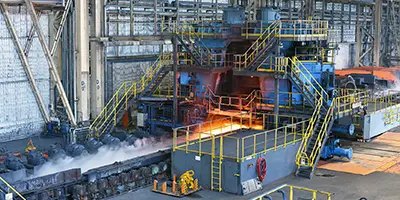
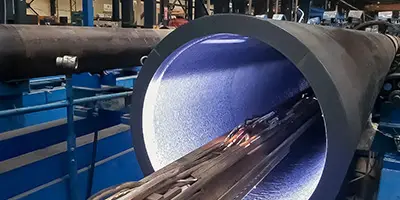
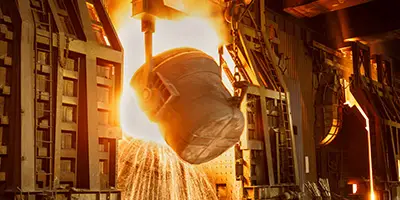
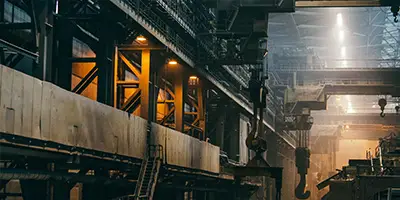

 Phone :
Phone :  Whatsapp :
Whatsapp :  Email :
Email : 


